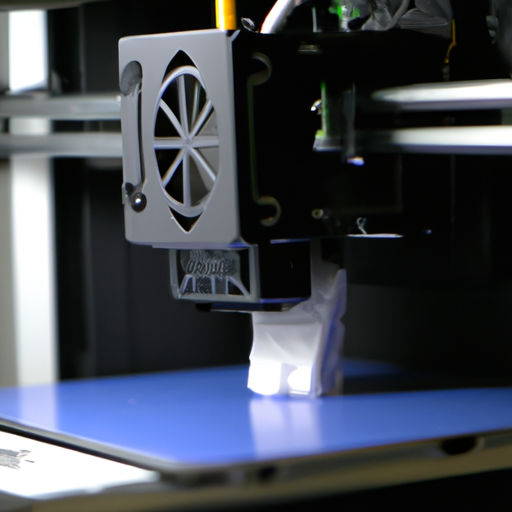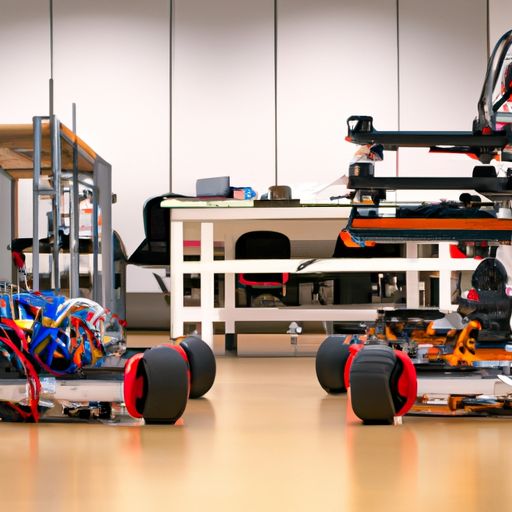In today’s rapidly evolving technological landscape, serverless computing has emerged as a revolutionary approach to building and deploying applications. Unlike traditional cloud computing models where users must manage servers, serverless computing abstracts server management away, allowing developers to focus solely on writing code. This blog post explores the concept of serverless computing, its benefits, and why it is considered the future of cloud architecture.
What is Serverless Computing?
Serverless computing, despite its name, does not mean there are no servers involved. Instead, it refers to a cloud computing model where the cloud provider dynamically manages the allocation of machine resources. Developers write code, deploy it to a cloud service (like AWS Lambda or Google Cloud Functions), and the provider takes care of everything else, such as scaling and infrastructure management.
Benefits of Serverless Computing
- Cost Efficiency: With serverless computing, you only pay for the compute time you actually use. No need to maintain idle servers, which can lead to significant cost savings.
- Automatic Scaling: Serverless architectures automatically scale applications in response to incoming requests. You don’t have to worry about provisioning and scaling servers manually.
- Focus on Development: By removing the burden of server management, developers can concentrate on building and deploying applications faster, leading to higher productivity.
- Improved Time to Market: Serverless functions allow developers to build applications quickly, enabling faster delivery of features and services to end-users.
Popular Serverless Platforms
Several cloud providers offer serverless computing services:
- AWS Lambda: Amazon’s flagship serverless computing offering enables running code in response to events without provisioning or managing servers.
- Google Cloud Functions: A lightweight, serverless execution environment that lets you run code in response to events originating from various Google Cloud services.
- Azure Functions: Microsoft’s serverless compute service that allows you to run event-driven code without having to explicitly provision or manage infrastructure.
Serverless Computing and Microservices
Serverless computing works hand-in-hand with the microservices architecture. While microservices rely on breaking applications into smaller, individual components, serverless computing allows those components to run independently, scale autonomously, and be developed without the constraints of server management. This creates a highly efficient, agile development process.
Challenges of Serverless Computing
While serverless computing offers numerous benefits, it is not without its challenges:
- Vendor Lock-in: Switching providers can be difficult due to differences in platform APIs and services.
- Cold Start Latency: The initial response time for serverless functions can be longer if they are not used frequently, impacting performance.
- Debugging and Monitoring: Debugging serverless applications can be challenging due to the distributed nature of the execution environment.
Conclusion
Serverless computing is transforming the way developers build and deploy applications. By minimizing operational overhead, improving scalability, and allowing developers to focus on their core product, it paves the way for more innovative and agile development practices. As businesses continue to adapt to cloud-native architectures, embracing a serverless model may very well be essential for staying competitive in the digital landscape.
Are you ready to take advantage of serverless computing for your next project? Share your experiences in the comments below!




